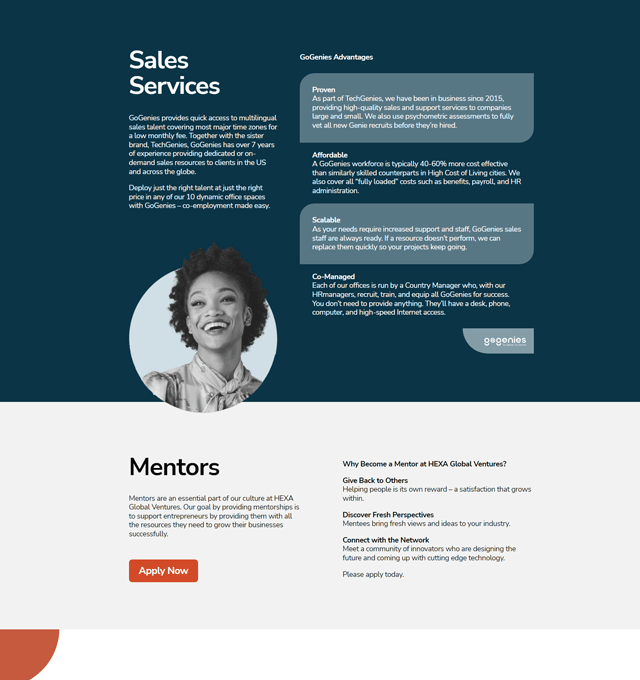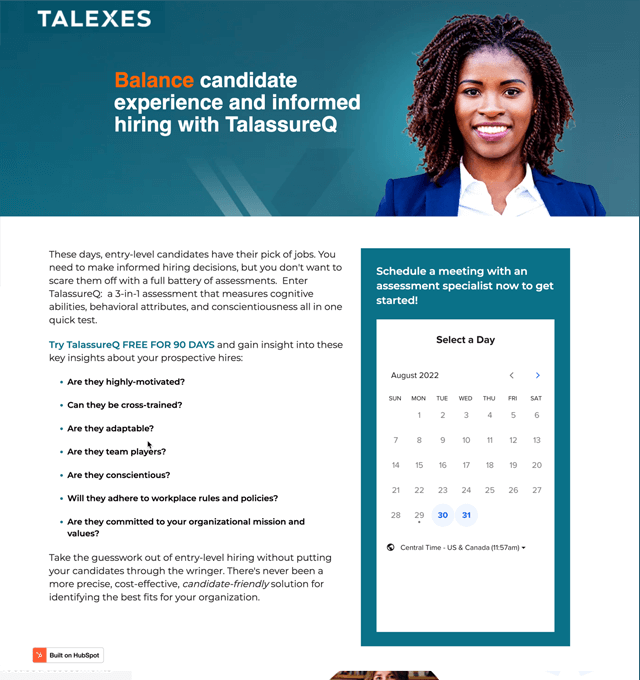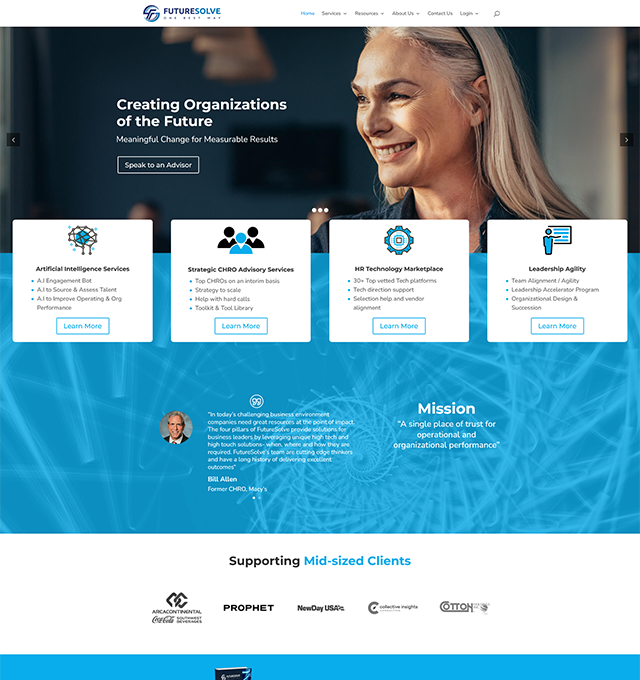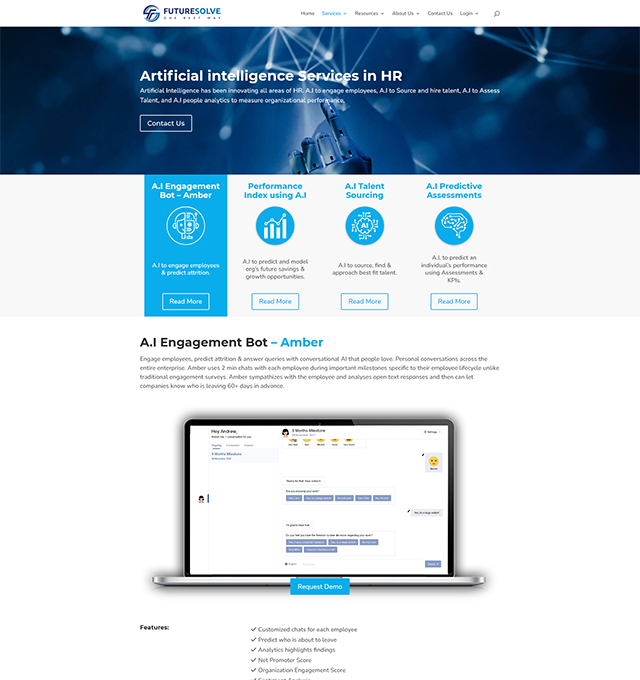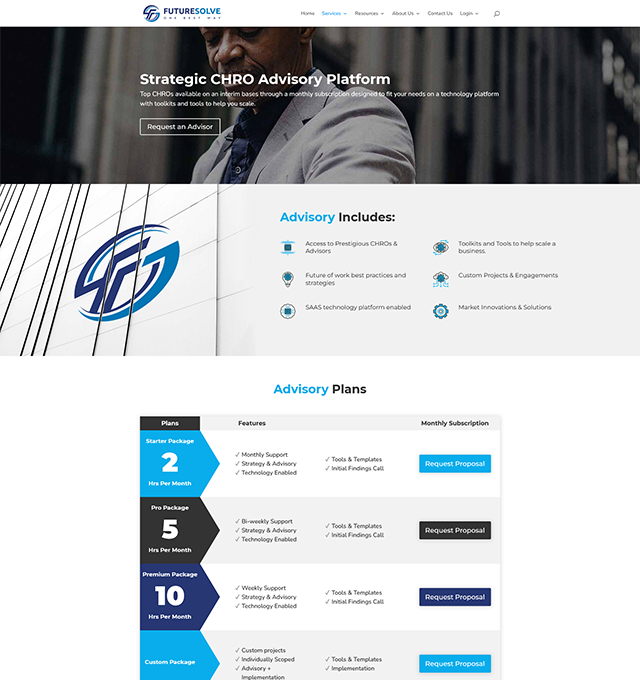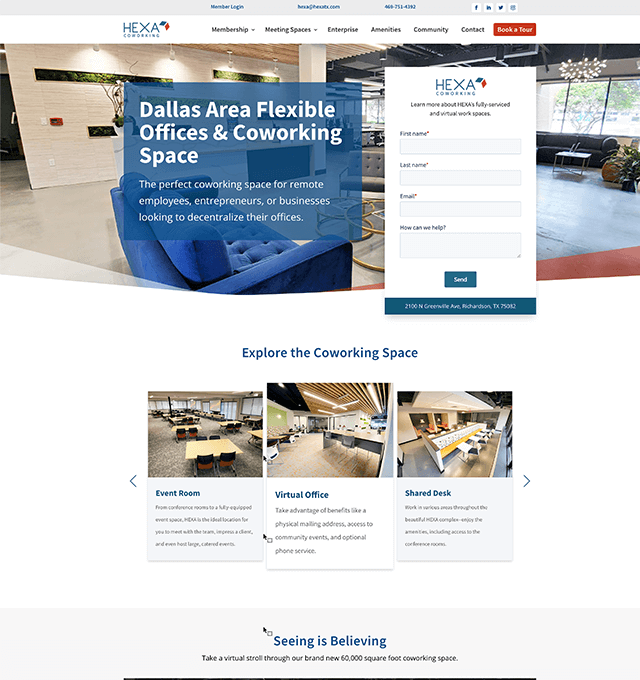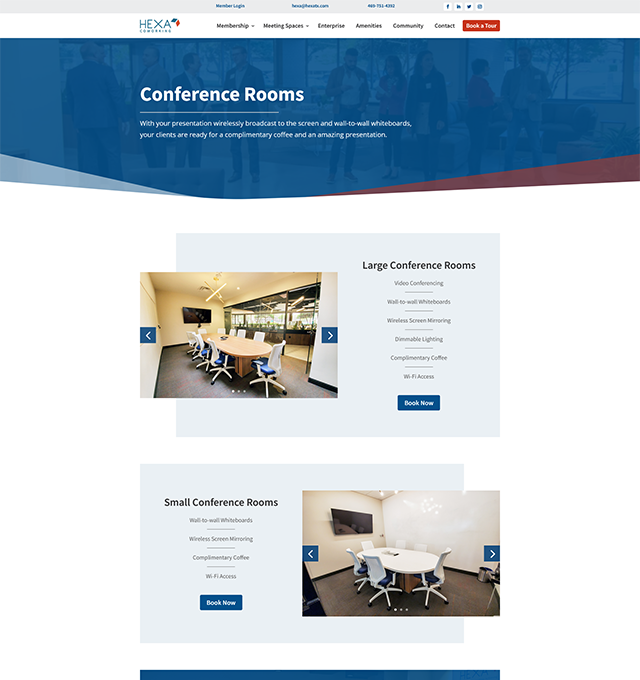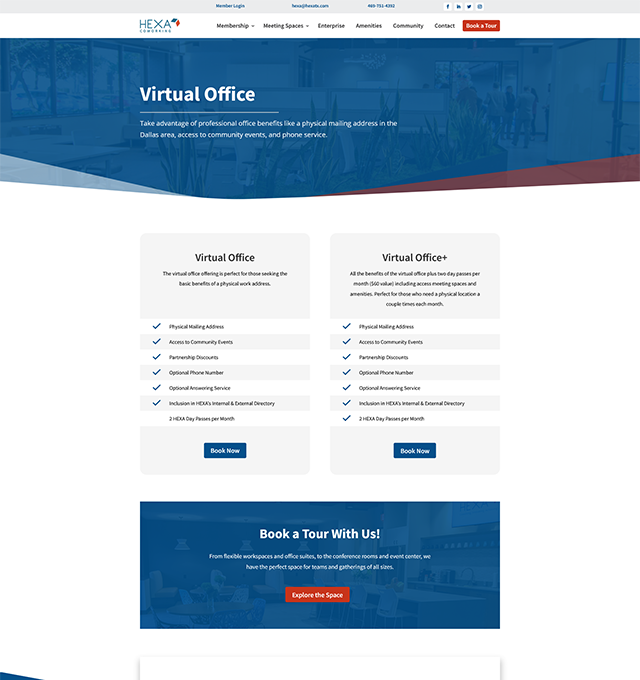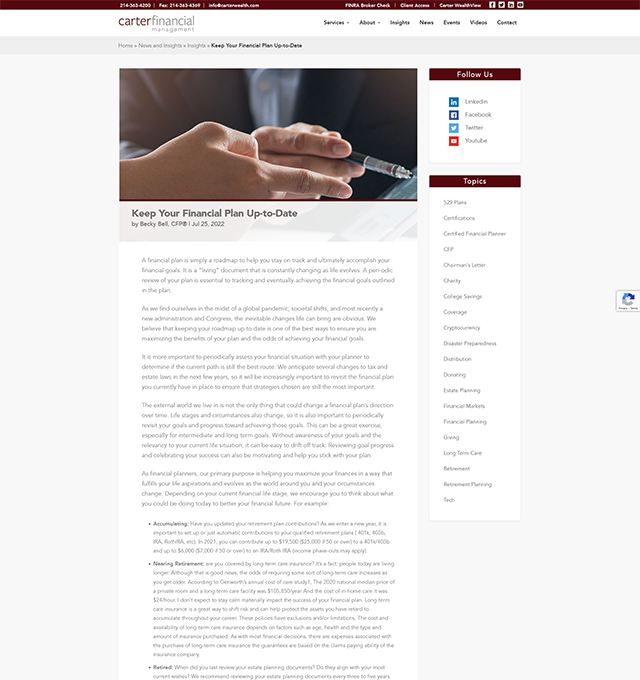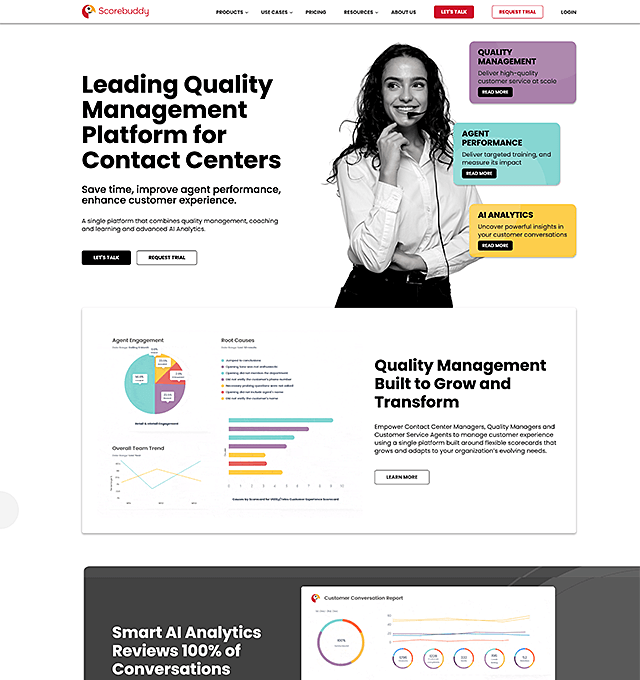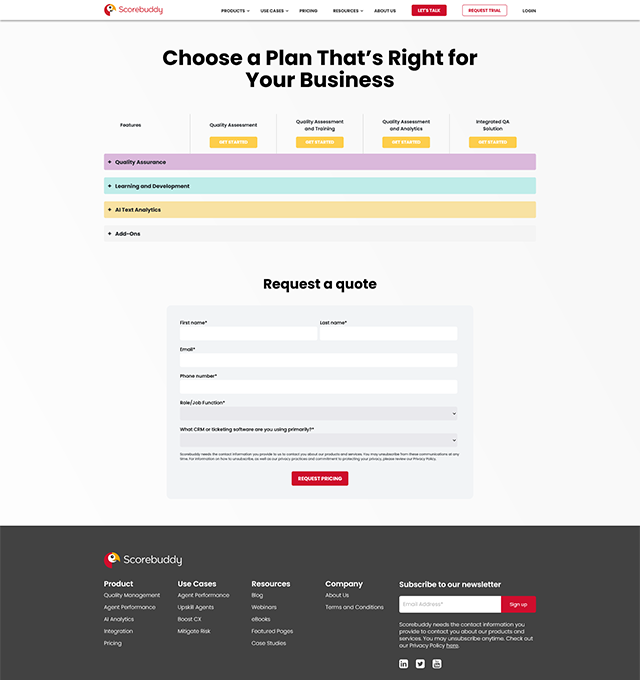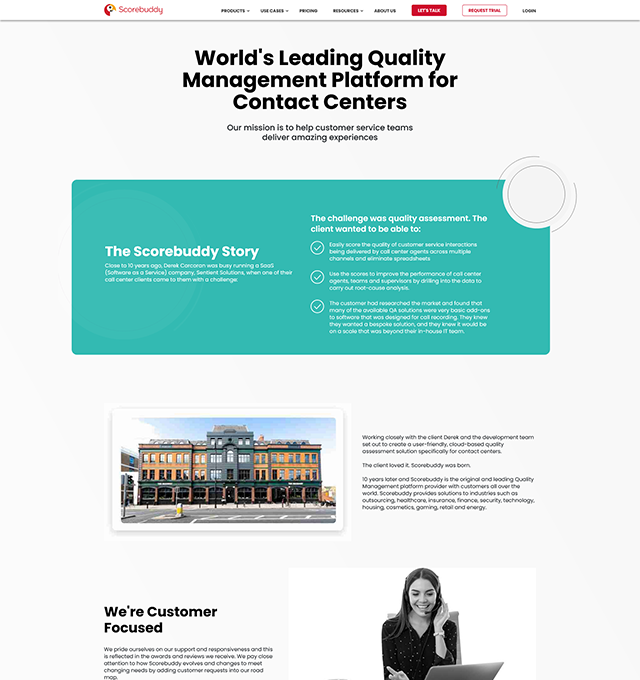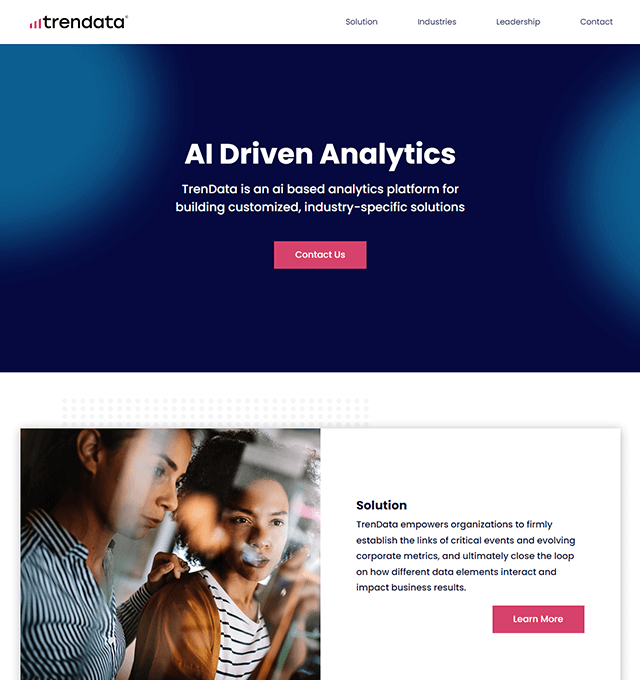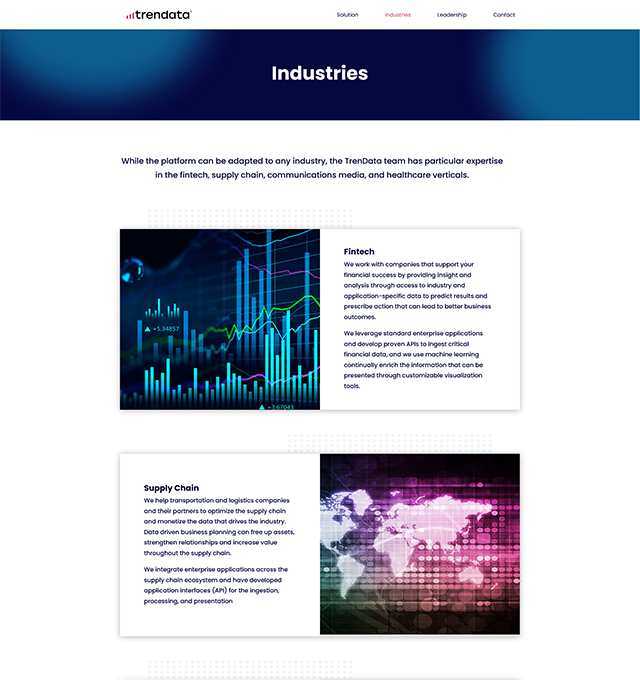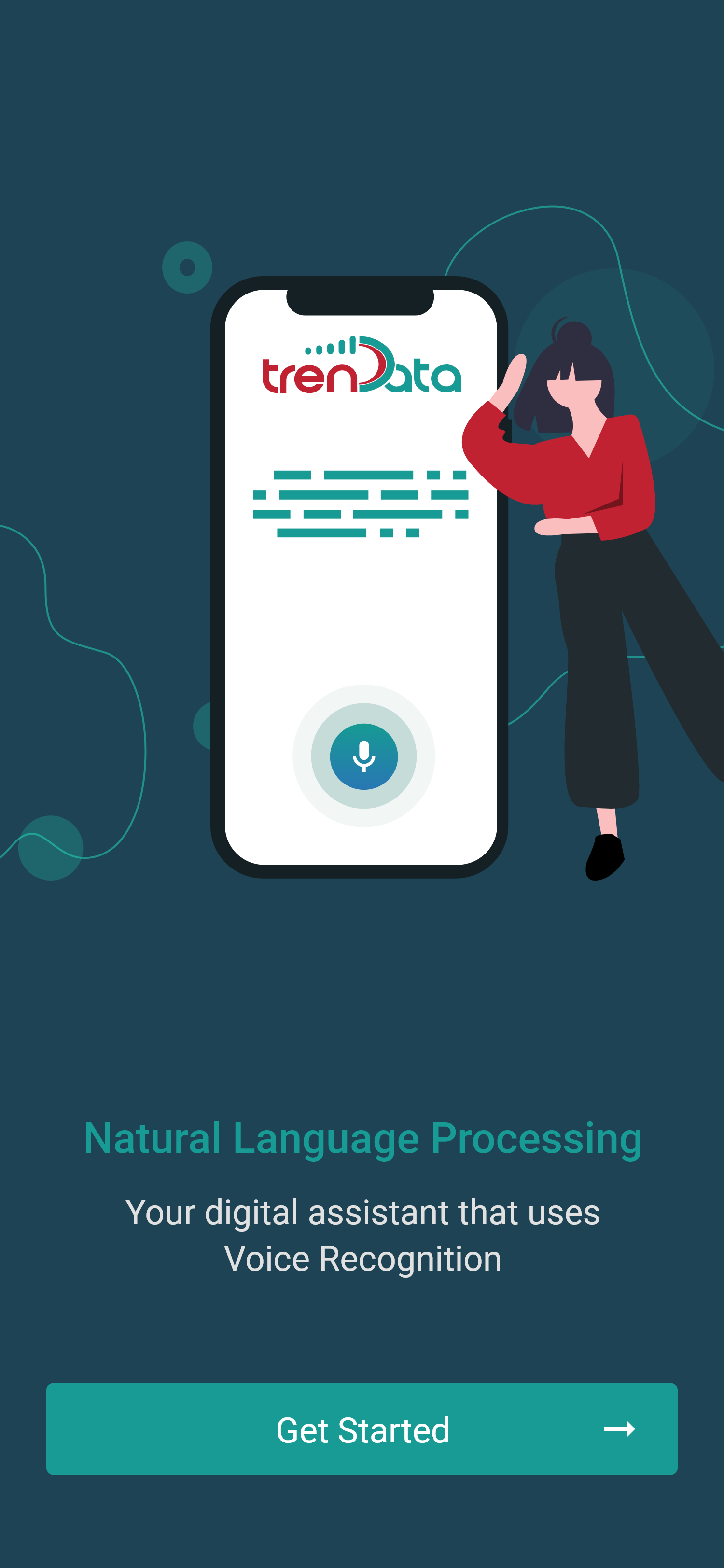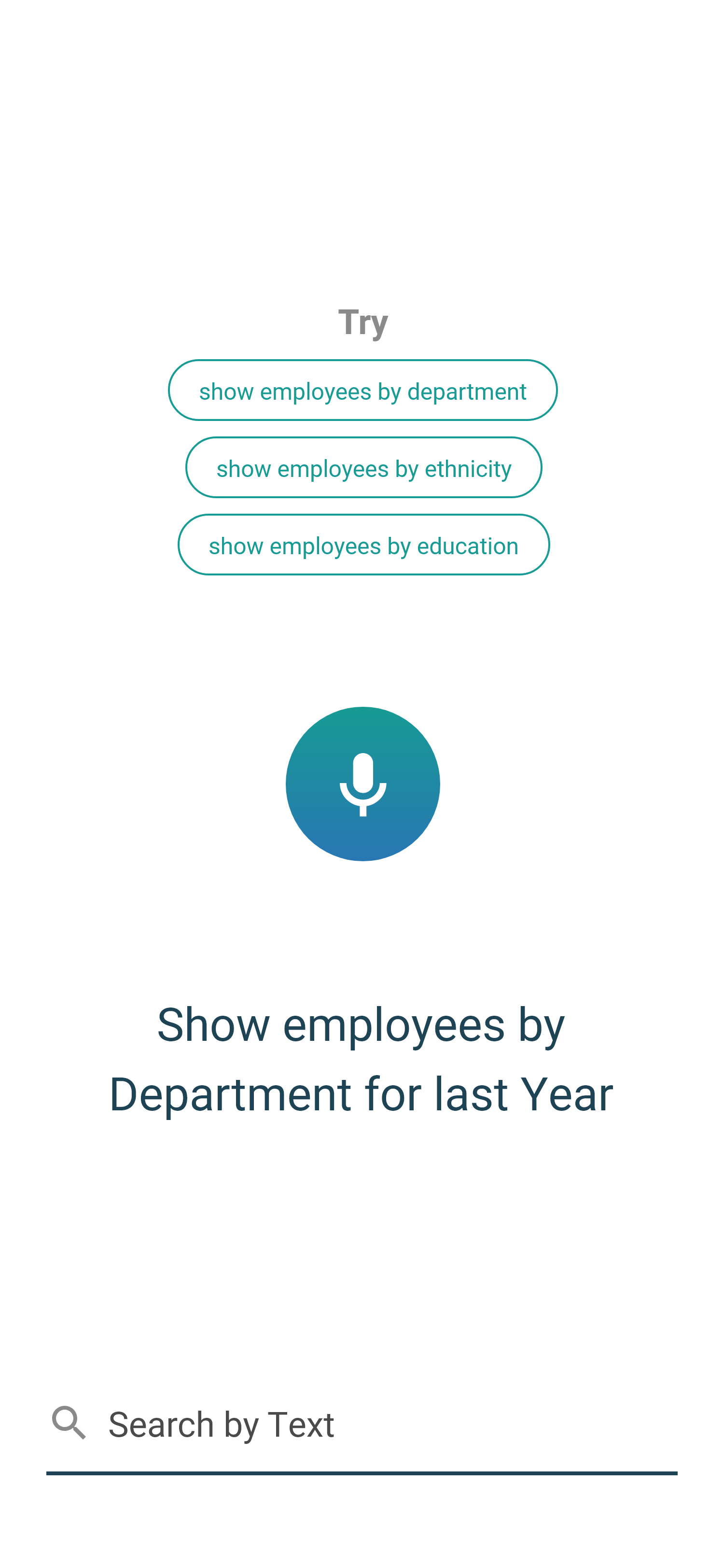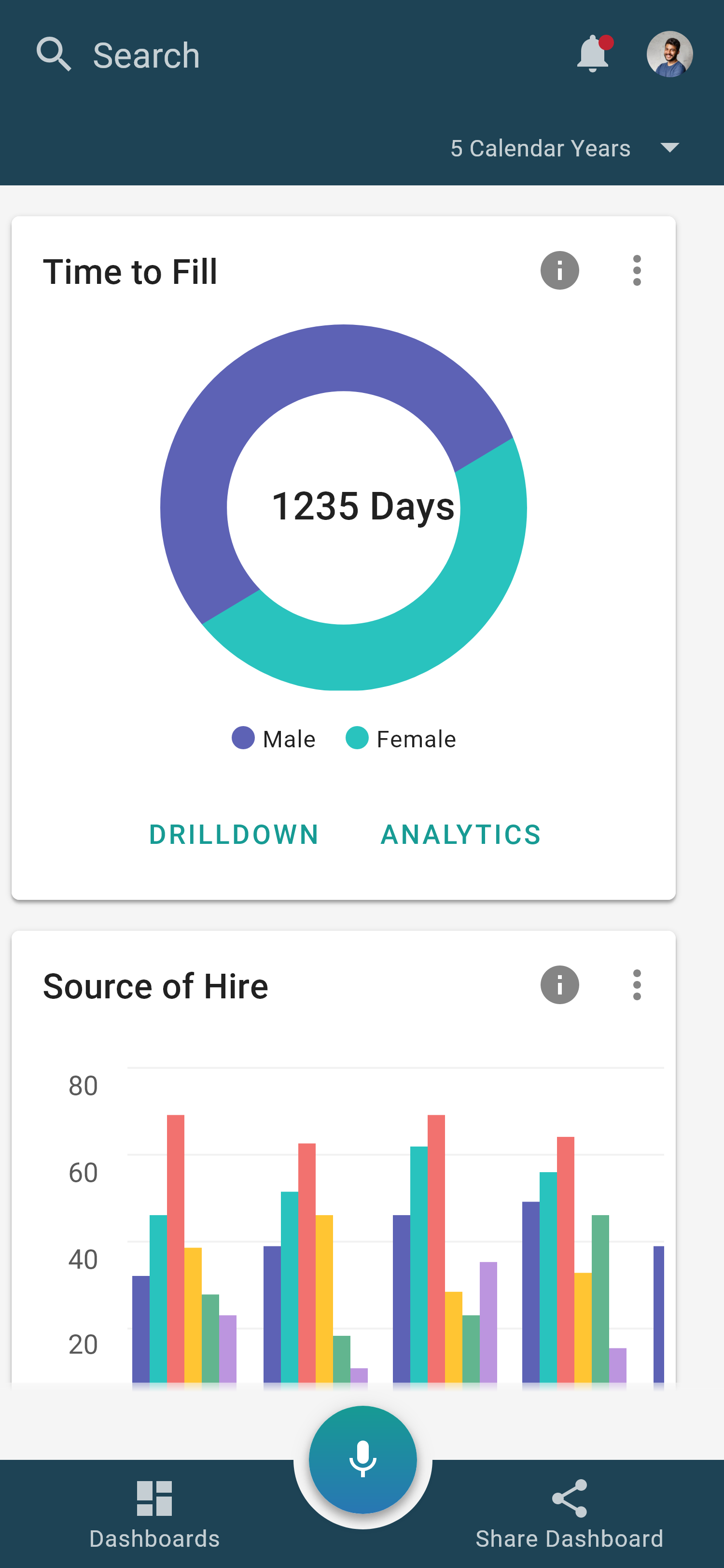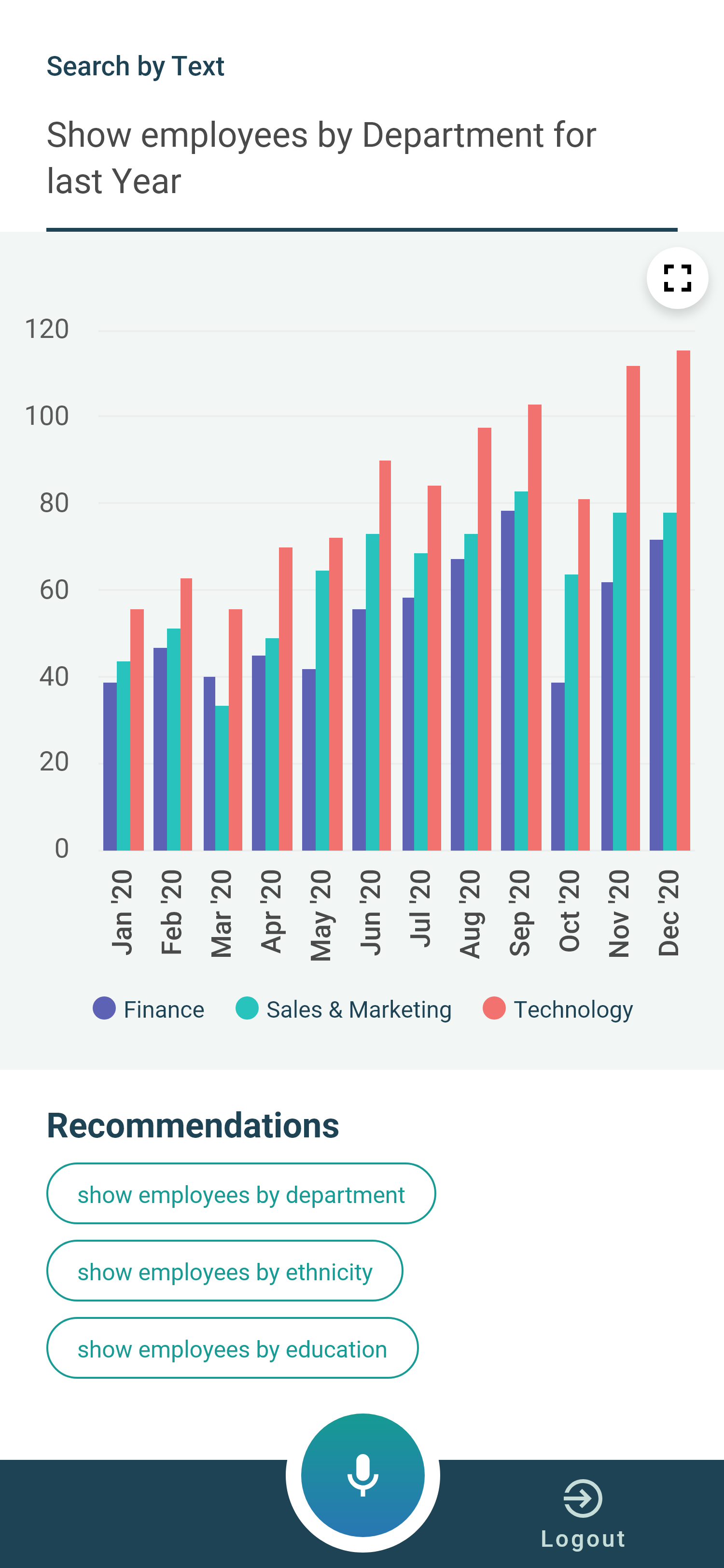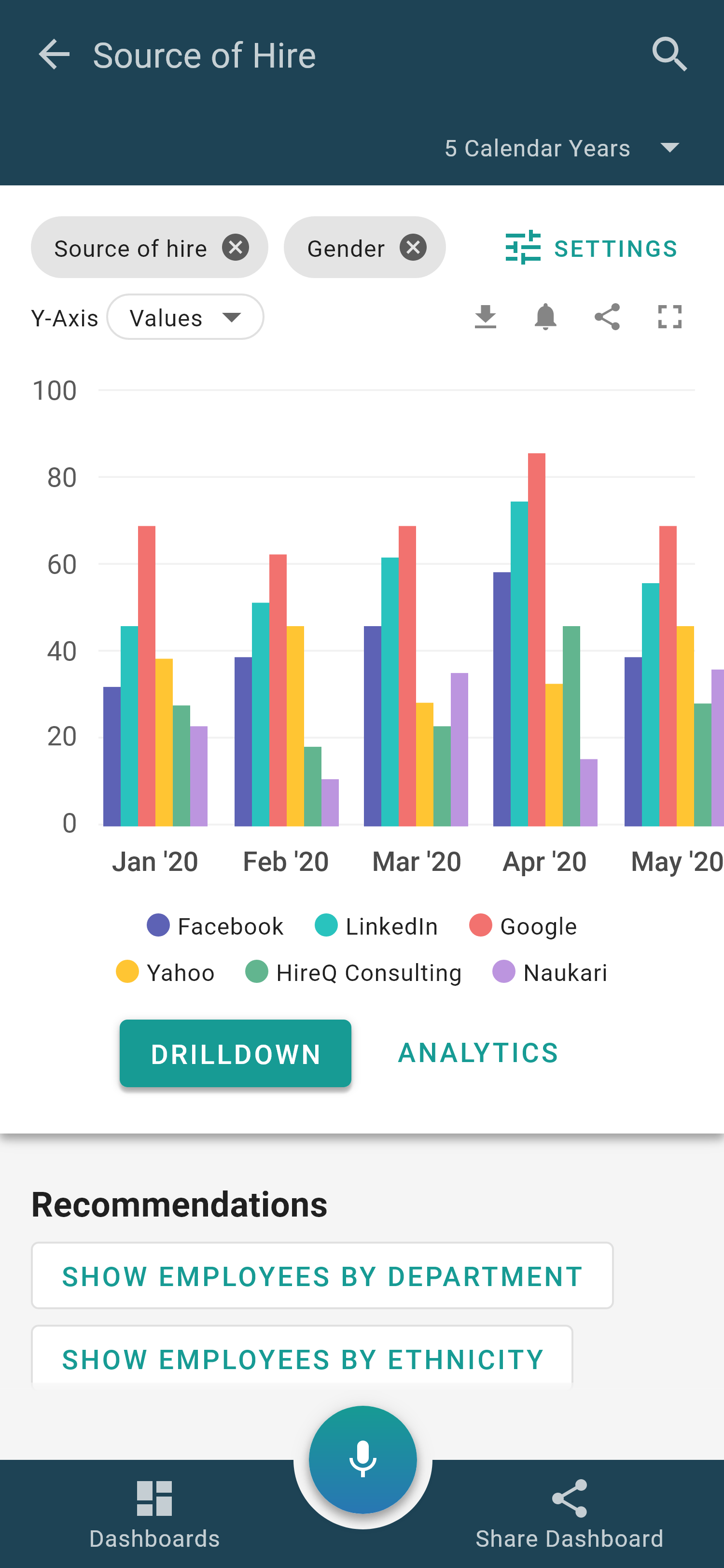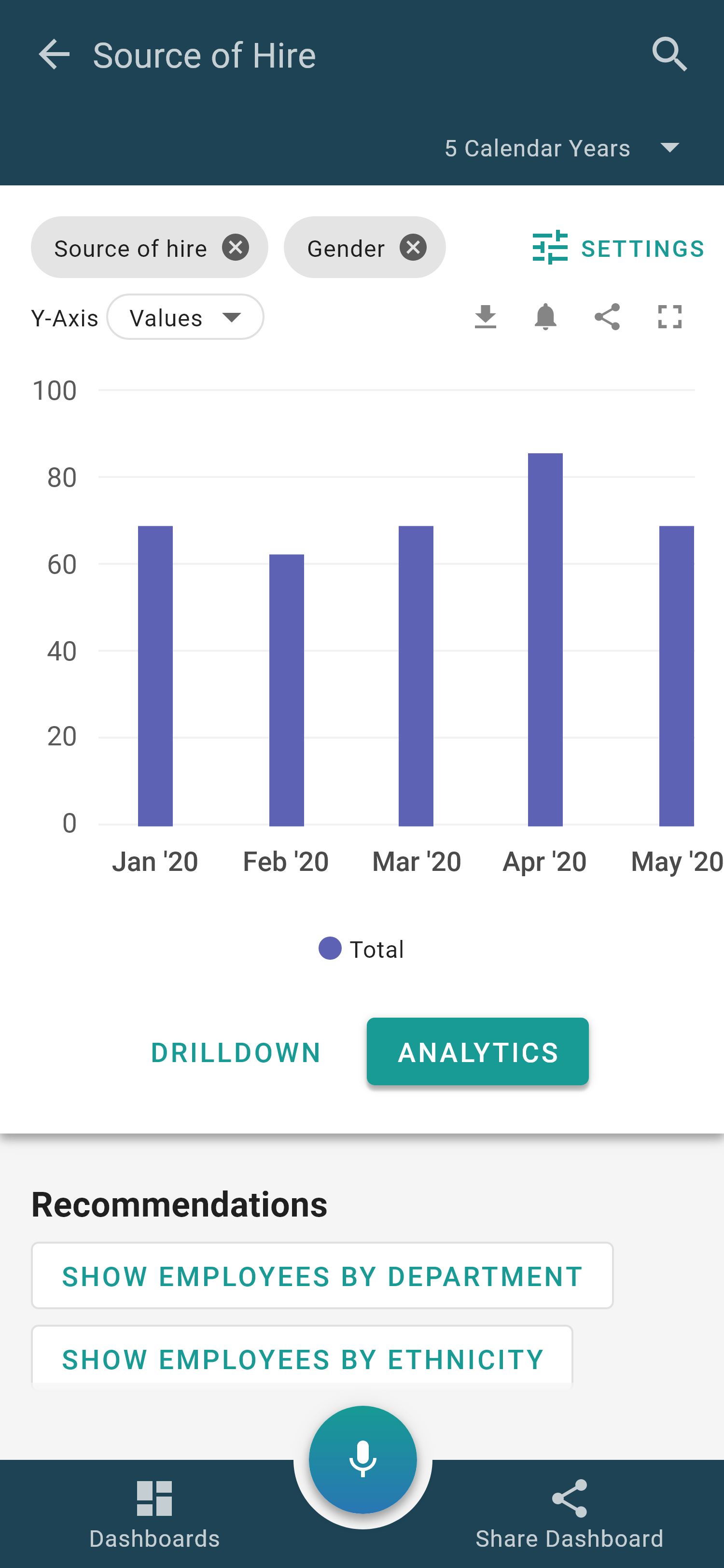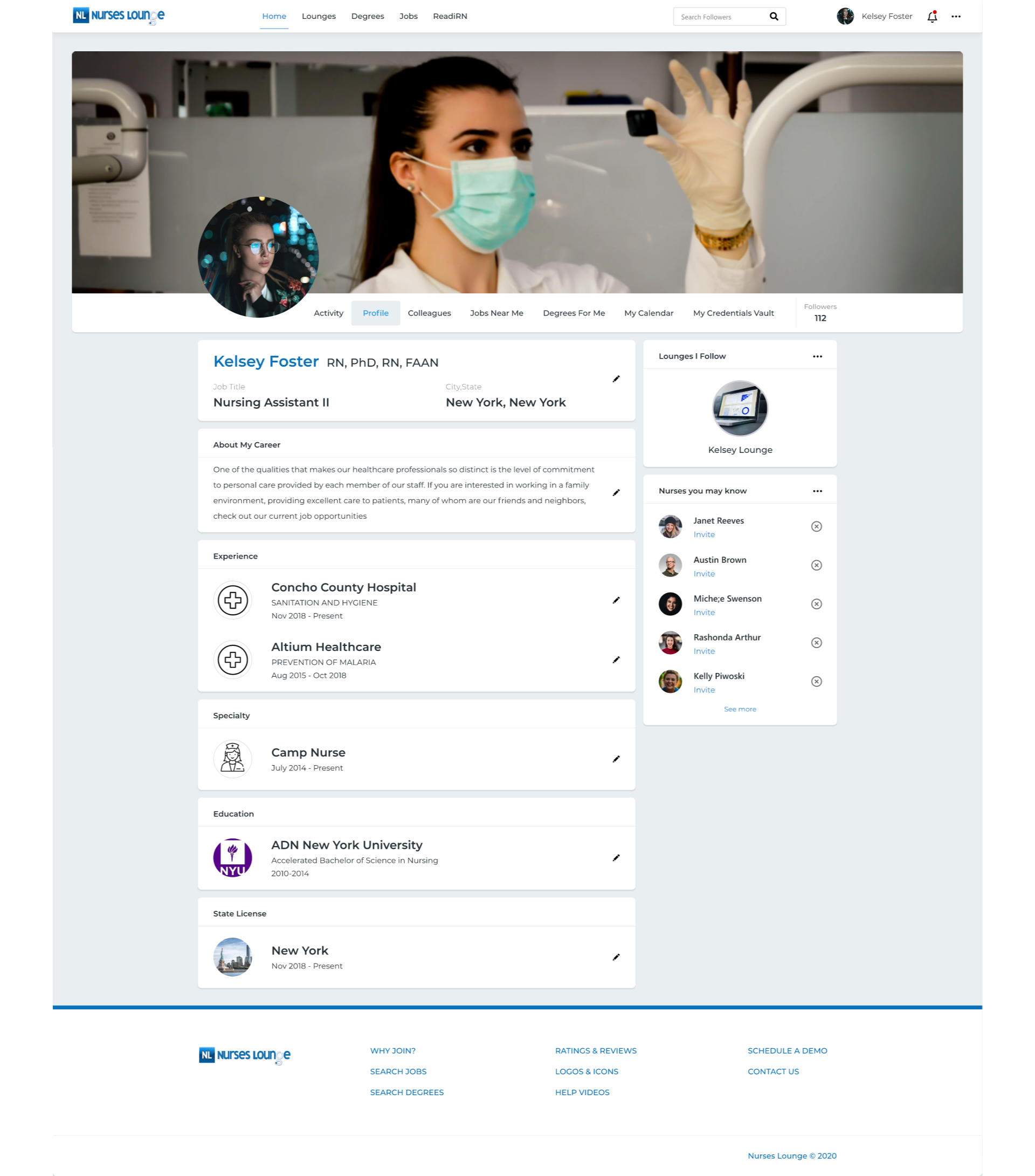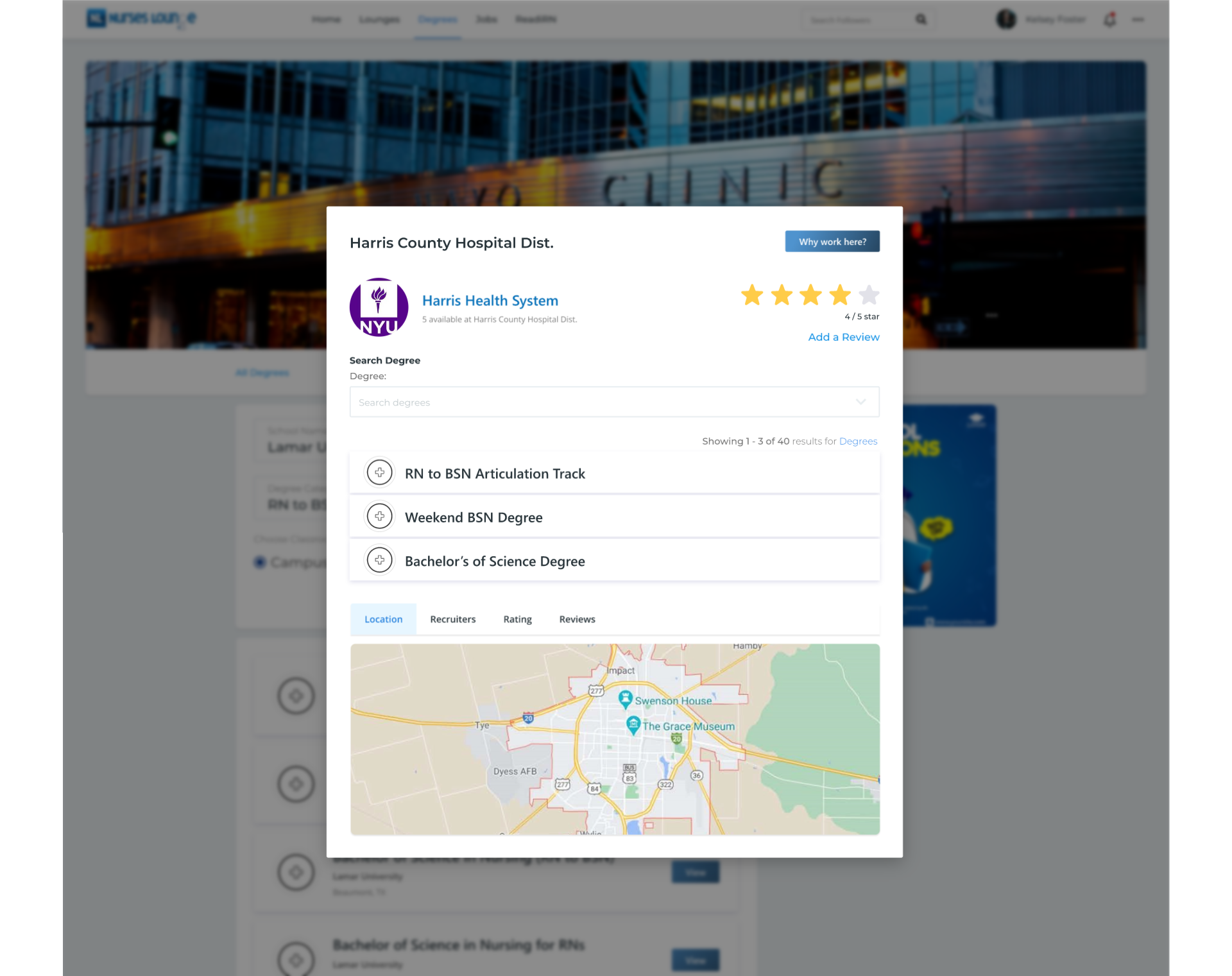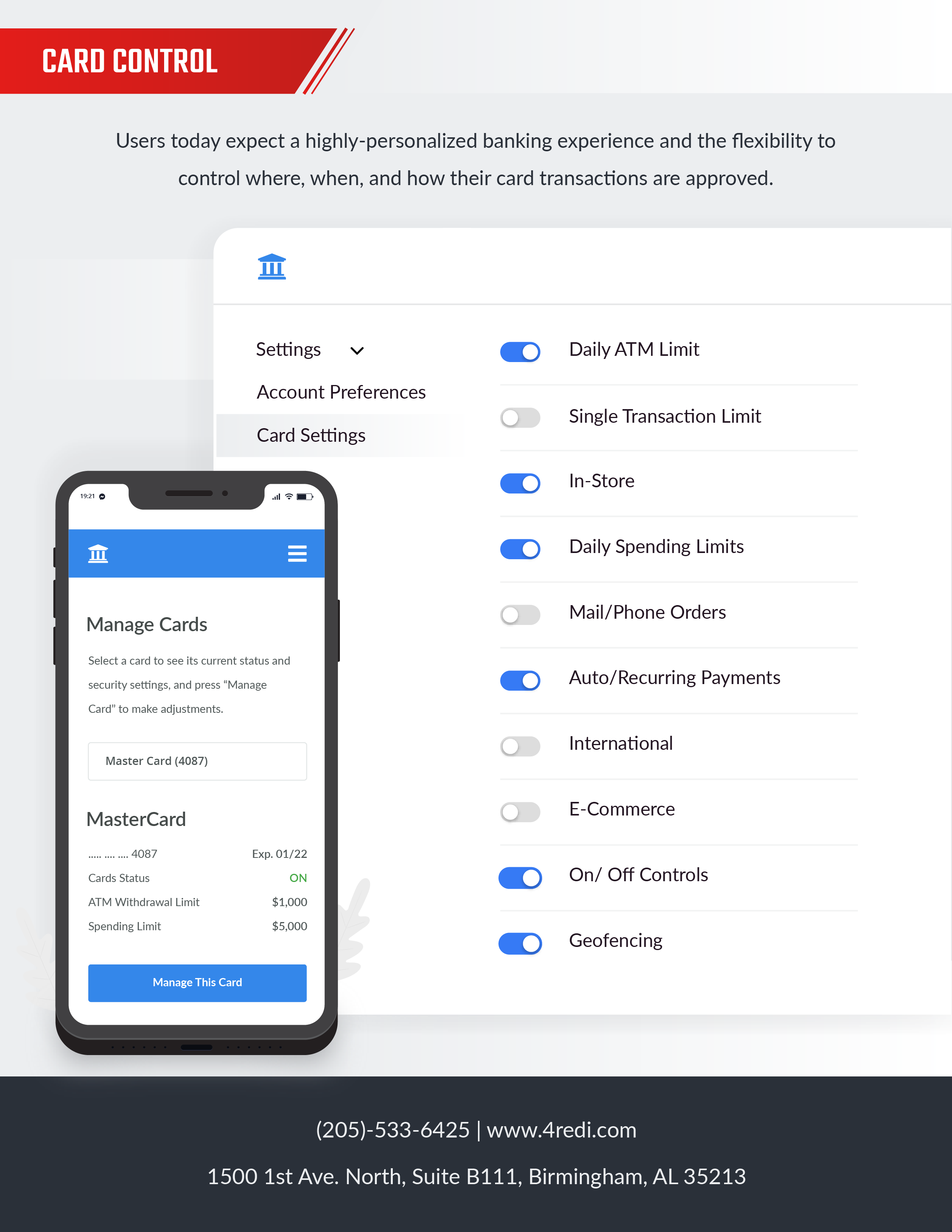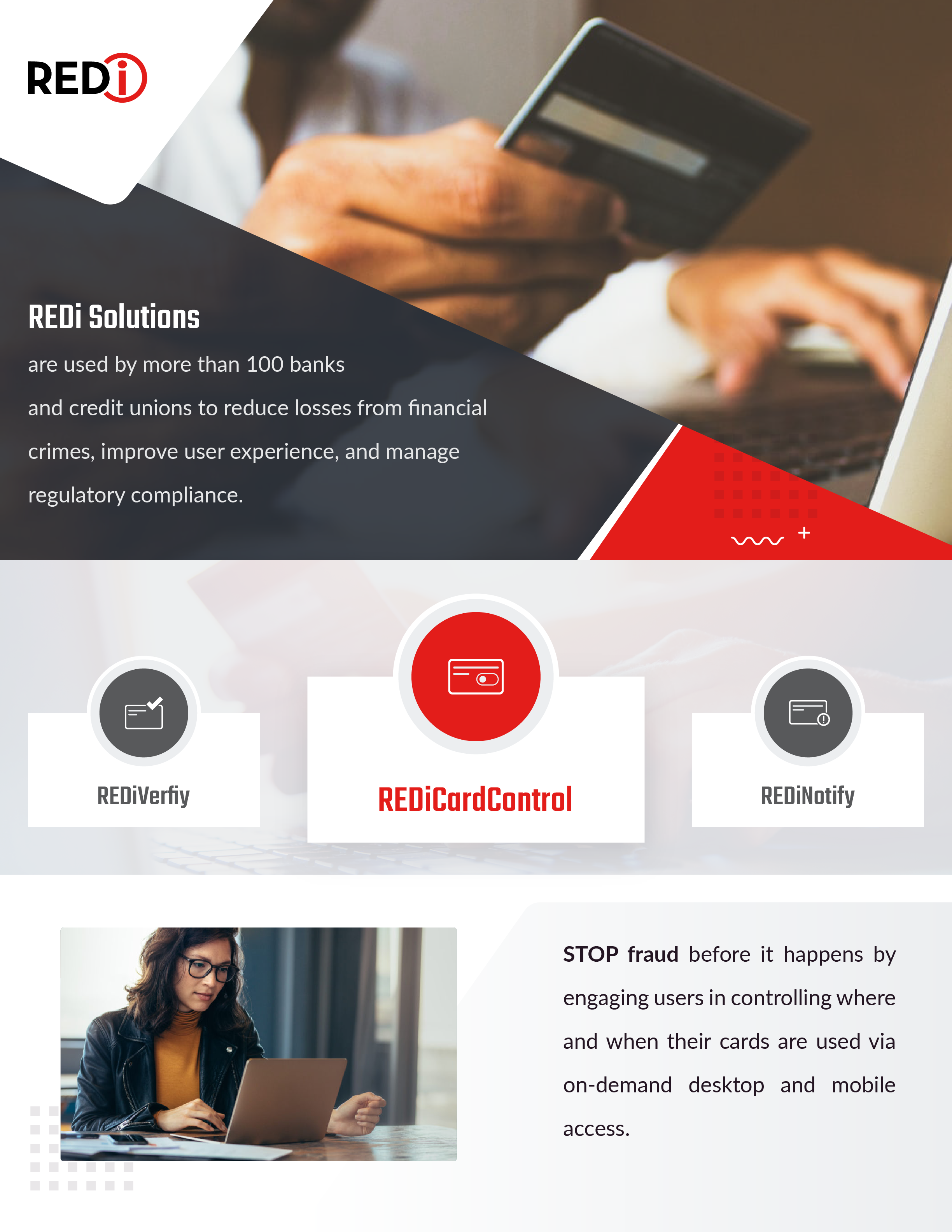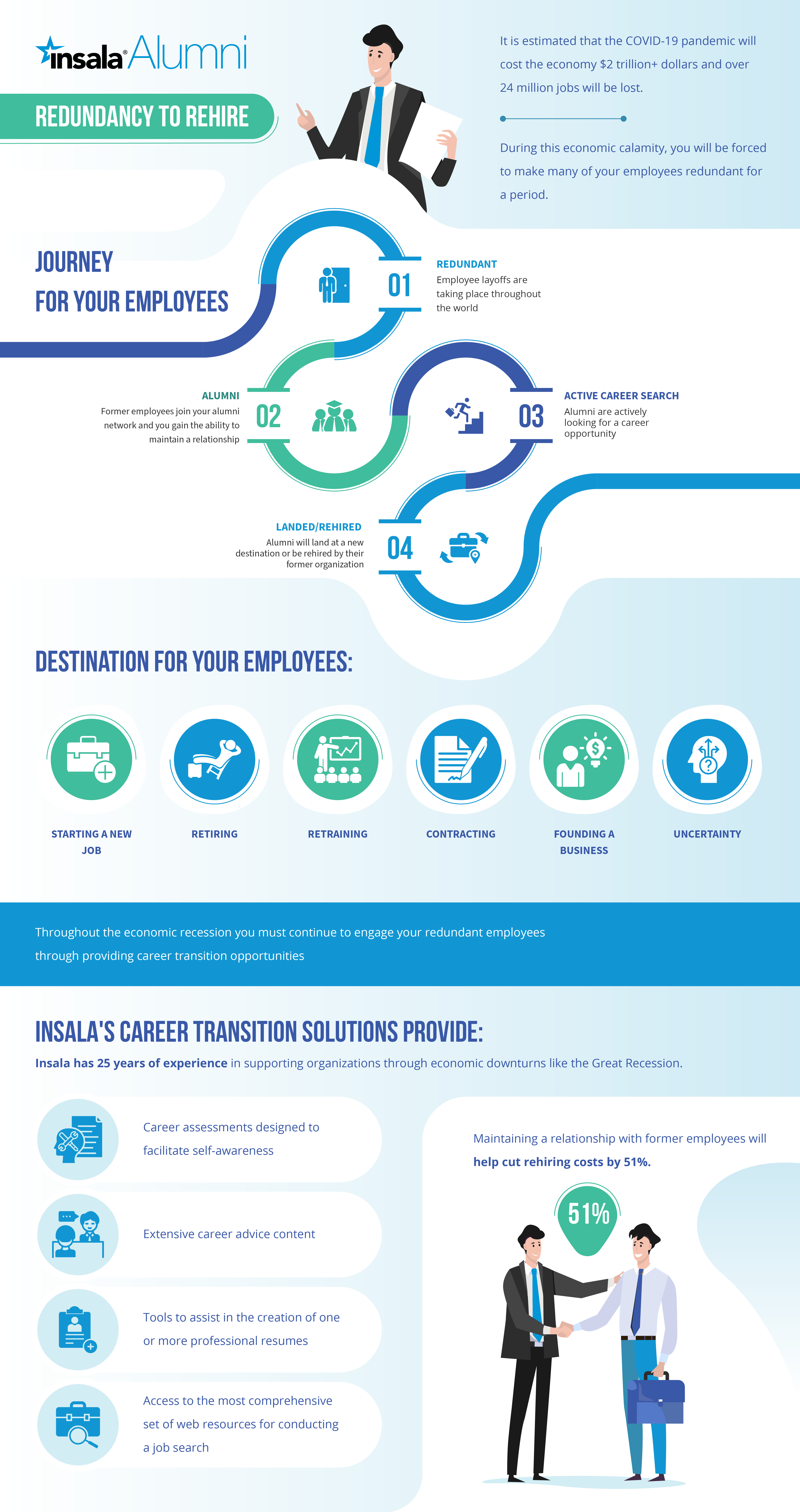As the world gets accustomed to new ways of working from home, most of us have had to change not just our physical office space, but also our skillset, processes, approach, and even our roles.
While remote work offers many important benefits, it can also pose unique management challenges. These challenges can make it hard for the managers and HR teams to manage their remote employees and ensure they’re happy, engaged, and satisfied with their work and role.
Some remote work best practices mentioned across the web can seem obvious, while others seem harder to implement. Here are 6 super easy tips any manager can use to improve their remote employee management results.
- Practice Good Communication Skills
Did you know that 86% of employees cite poor communication as the cause of failure in the workplace? Effective communication is key to the success of all workplace environments, but this is especially true with remote teams. Without the option for face-to-face communication, various nuances such as body language and expression can be missed. It is hard to form an accurate understanding of others without these non-verbal cues. Language barriers can complicate matters even further. When dealing with remote employees, it is critical to fine-tune your communication skills.
Be Willing to Actively Listen:
Hearing someone is not the same thing as actively listening. Active listening involves the following steps:- Listen attentively. Resist the temptation to plan out your responses while the other person is talking.
- Don’t Judge. Keep an open mind, and focus on the conversation at hand, rather than forming opinions of the person speaking. Also, refuse to apply stereotypes or assumptions toward the person.
- Find the Main Point. Many people struggle with sharing their feelings or explaining a situation concisely. As you listen, try to pinpoint the underlying message. Once you’ve got it, ask if you are understanding them correctly.
- Ask Questions. In any conversation, it is important to ask open-ended, clarifying questions. This serves several purposes. It ensures that you truly understand what is being communicated, and it helps your employee to answer their own questions and come to the proper conclusions themselves.
- Throughout the conversation, it is helpful to check in to make sure you understand. State what you have heard in your own words and make sure that you have heard them right.
- Now it is your turn to offer a response. However, this should only be done after you have performed each of the above steps. Just as important as active listening is, it is equally important to use effective communication skills when sharing your feelings and ideas.
- Be Overly Clear
You have taken the time necessary to truly understand; now you need to put that same care into making sure that the person understands you. It is easy to assume that you are being clear when you are not. This is because, unlike your listeners, you have all the information necessary to inform your perceptions. Also, don’t presume that everyone thinks the same way that you do. Understand your audience and tailor your message to them. Bookend the conversation with your most important take-aways. Before explaining, tell the person what you hope to communicate. As you move on to the body of your communication, don’t overexplain. People tend to get lost in a sea of words. Then, when you are finished explaining, state the main points again. Finally, ask questions to be certain that you have been understood correctly. A great tool for effective communicating is the called the PREP framework.- P is for Point. State the point you would like to make clearly and concisely.
- R is for Reason. Share the reasons for your point.
- E is for Evidence. Give evidence that supports your reasons.
- P is for Point, again. Restate your point.
- Emphasize the Issue
When communicating, you should always separate the person from the issue. Remember, you are working together to solve a problem. You are not there to criticize, fix, or attack a person. Effectively emphasizing the issue can be framed in this way:- State the problem.
- Use “I” statements to explain how the situation impacts you.
- Avoid absolutes. No one “always” or “never” does something. Because absolutes are generally untrue, they merely cause people to get defensive.
- Allow the person to share their perspective.
- Ask for ideas on how to solve the problem.
- Offer to meet them halfway on difficult issues.
- Set Clear Expectations
Most people want to be successful in their work. Often, the only thing getting in the way between what is wanted and what is delivered is a lack of understanding. Setting clear expectations involves the following steps:- Create goals that are measurable and specific.
- Provide each employee with access to written copies of these goals so that they can review them as needed.
- Help employees understand why your expectations are important.
- Apply a quality-control system.
- Review the goals with your team on a regular basis.
- Provide structured opportunities for giving feedback.
- Foster Personal Connections and Collaboration
People can only be treated like machines for so long before they break down. You might be leading in a corporation, but you are working with human beings. Fostering personal connections at work, even when remote, contributes to increased job satisfaction. A study performed by a Business School at Oxford University found that happy workers are 13% more productive. 13% increased productivity has the power to scale your business significantly, especially when multiplied by each team member. Additionally, according to Zippia, companies that focus on collaboration have a 50% reduction in employee turnover rates. They also found that employees who worked collaboratively were 64% more likely to stick with a project to completion. - Take Advantage of Digital Tools
Today’s businesses have come to rely on digital tools to automate and streamline processes. These tools will be even more critical for remote employees. Digital tools are the bridge that connects you with your remote workers. There are tools for face-to-face communication, task management, shared cloud storage, time tracking, collaboration, and more. Trying to manage remote employees without digital tools is much like rowing a boat upstream: Possible, but not at all efficient.
By utilizing these best practices for managing remote employees, you can reap the benefits of a highly skilled team while still performing business operations as smoothly as any fully localized company can.




